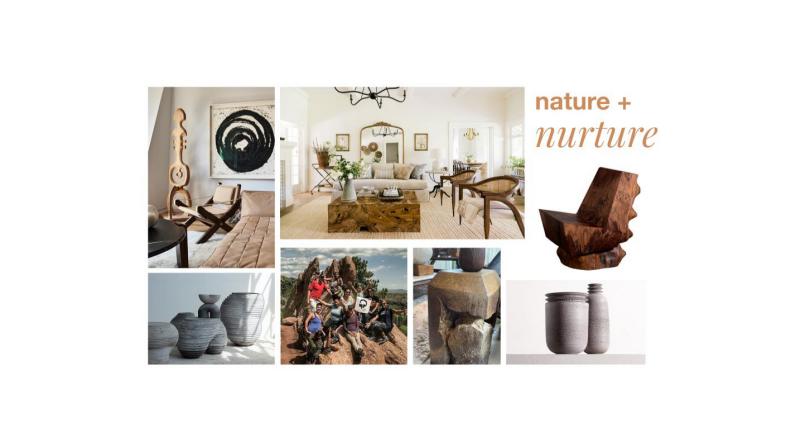Next Up
2023 Design Trend: Nature + Nurture
By:
Felicia Feaster
Decor that takes its cue from the great outdoors and the innovative use of natural materials like cornstarch and mushrooms make this design trend perfect for our conservation- and environment- attuned age.








